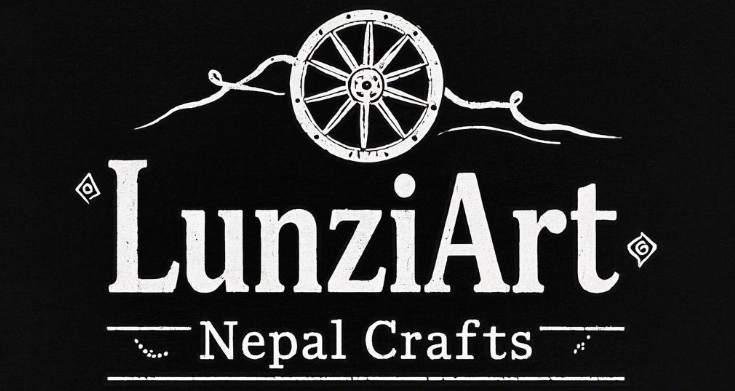Thangkas are more than just sacred art in Tibetan Buddhism; they are also teaching tools, meditation aids, and windows into deep spiritual truths. The Wheel of Life (Bhavachakra) Thangka is one of the most captivating. It shows samsara (the cycle of birth, death, and rebirth) and the way to freedom in a very colourful way.
This complicated painting is more than just a religious symbol; it's a map of life that shows how suffering comes about and how we can get rid of it. Let's look at its meaning, layer by layer, and find the timeless wisdom it holds.

Three animals can be found at the exact centre of the Wheel of Life:
- A pig (ignorance): Unaware of reality as it really is.
- A rooster (attachment): Constantly wanting more.
- A snake (aversion): Reacting fearfully or angrily.
In Buddhism, these three animals that are biting each other's tails stand in for the underlying causes of suffering. They maintain us in never-ending cycles of delusion, hatred, and desire.
"The first step towards freedom is acknowledging these poisons in our own minds."

Each of the six realms that make up the next layer of the wheel represents a distinct karma-driven state of existence:
- Gods (Devas): They are blissful but sluggish; their joy is fleeting.
- Demigods (Asuras): Strong but driven by rivalry and jealousy.
- Humans: A mixture of happiness and pain, but the greatest potential for enlightenment.
- Animals: Impulsive and self-obsessed.
- Hungry Ghosts (Preta): Tormented by an insatiable desire for food.
- Hell Beings: Although they are not eternal, they are imprisoned in excruciating pain.
Each realm is a reflection of mental states—ever felt jealous like an Asura or stuck in endless desire like a Hungry Ghost? This wheel mirrors our own lives.

The Twelve Links of Dependent Origination: Twelve pictures that illustrate how suffering repeats itself surround the wheel:
2. Volitional Actions → Ignorance → Consciousness → … → 12. Death & Old Age
This series illustrates how a condition feeds into another, trapping us in the cycle. The good news? The chain can come undone if one link is broken.

Yama, the terrifying god of death, has his hands on the entire wheel. This serves as a reminder that impermanence is unavoidable—not to frighten us.
Time flies by; what will we do with it?

The Buddha is shown outside the wheel in the upper corner, gesturing towards the moon, which represents nirvana, or freedom. The message?
It is possible to break the cycle.
The keys are compassion, wisdom, and mindfulness.
You don’t have to be Buddhist to appreciate the Wheel of Life. It’s a mirror for modern struggles:
- Addiction → Trapped in the Hungry Ghost realm.
- Endless ambition → The God realm’s fleeting joy.
- Anger and grudges → The Hell realm’s torment.
By recognizing these patterns, we can pause, reflect, and choose a wiser path.
Next time you see a Wheel of Life Thangka, don’t just admire it as art—let it teach you. Which part of the wheel do you resonate with right now? And what small step can you take toward freedom?
"The wheel turns by habit, but we have the power to step off."
Discover more Wheel of Life Thangka








